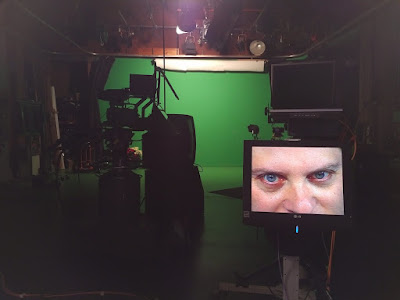The scene: I've just left the house and am driving alone in my car on my way to work. It's a snowy, grey, warm, wet and altogether miserable Canadian winter morning, and from somewhere behind my right shoulder, I can hear what sounds like a distant hiss.
I check my windows and, no, they're securely closed. But still the hiss persists. Fearing a partially closed rear door - the perils of having kids, I guess - I decide to pull into the next available parking lot so that I can check it out. I carefully make my way over and pull into a spot in a grocery store parking lot.
As I'm getting out of my car, I notice a minivan from a local school bus service pull in beside me. Out pops a smiling man, who quickly walks toward me, says, "Hi Carmi" and extends his hand.
I have no idea who he is, but he clearly knows me. As we shake hands, I don't say much beyond a similarly smiled, "Good morning" because I'm wondering if maybe I should know him.
Thankfully he starts talking and quickly explains how he's a regular listener to my weekly segments with Andy Oudman on CJBK, and he recognized me from TV and wanted to thank me for all I do.
He then introduced me to his wife, and explained how he uses technology to maintain an online ministry, and he likes how I keep things simple.
We chatted for a bit before we had to get back to the business of the day. And as it turns out, I'm glad I stopped because my passenger-side rear door was indeed halfway between open and closed. So thank you, Nagules, for a) reminding me that there's still plenty of random kindness in the world and b) saving me from a possibly flung-open door on a slushy London commute.
As I got back on the road and pointed myself toward the office, I wondered about the encounter, and whether I was somehow supposed to stop in that place at that time, and if somehow the universe wanted me to connect with a very kind member of our London listener community.
I, of course, have no idea how or why coincidences like this happen. I'm just glad that they do, because it's never a bad thing to be reminded of our impact on others. I'll be listening for more hisses from the back of my car more often, because you just never know where they'll take you.
Your turn: Ever have a coincidence happen to you that you simply can't explain?











